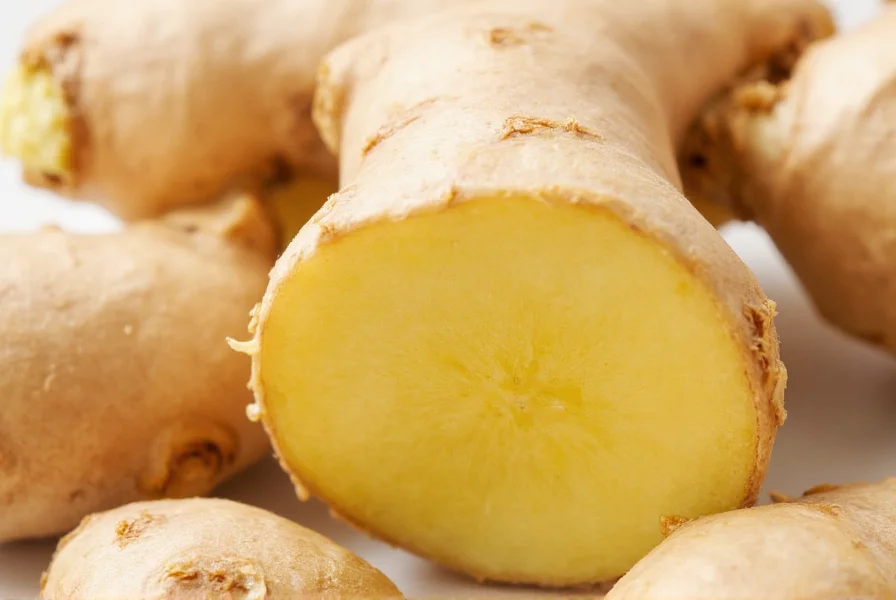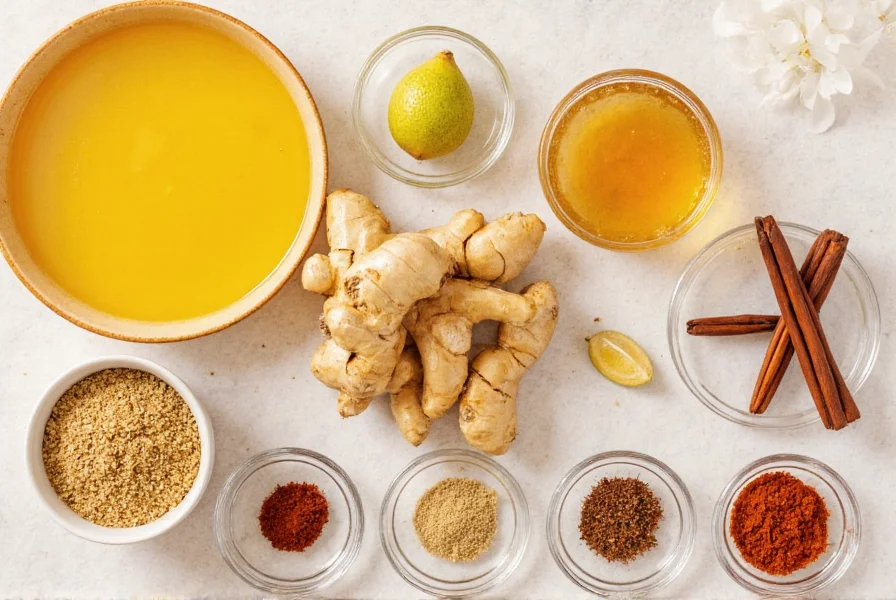Ginger flavor represents one of the most versatile and distinctive taste profiles in culinary arts. Understanding its characteristics helps cooks and food enthusiasts make better decisions when incorporating this rhizome into recipes. The unique sensory experience of ginger comes from compounds like gingerols and shogaols, which create its signature warmth without the burning sensation of chili peppers.
The Science Behind Ginger's Distinctive Taste
Ginger's flavor chemistry creates a complex sensory experience that differs significantly from other spicy ingredients. Unlike capsaicin in chili peppers that affects only heat receptors, gingerols stimulate both heat and pain receptors, creating that characteristic warming sensation that spreads through the mouth and throat. This biochemical profile explains why what does ginger flavor taste like often gets described as "warming" rather than "hot." 
How Ginger Flavor Varies by Form
The form of ginger dramatically affects its flavor profile and culinary applications. Understanding these differences is crucial for achieving desired results:
| Ginger Form | Flavor Characteristics | Best Culinary Uses |
|---|---|---|
| Fresh Ginger | Bright, citrusy, sharp heat with floral notes | Asian stir-fries, marinades, fresh juices, salad dressings |
| Dried Ginger Powder | Warmer, earthier, less complex, more concentrated | Baking, spice blends, chai tea, dry rubs |
| Candied/Crystallized | Sweet with mellow heat, chewy texture | Desserts, confections, cocktail garnishes |
| Ginger Extract | Concentrated flavor, less heat, more aromatic | Baking when fresh isn't practical, flavoring beverages |
Culinary Applications Across Global Cuisines
The ginger flavor profile characteristics make it a cornerstone ingredient in many culinary traditions. In Asian cuisine, fresh ginger forms the "holy trinity" with garlic and scallions in many Chinese and Japanese dishes. Southeast Asian cooking often pairs it with lemongrass and galangal for complex flavor bases. Indian cuisine uses dried ginger powder (sonth) in spice blends like garam masala, where its warmer profile complements other spices.
Western culinary traditions have embraced ginger more recently, particularly in baking applications. The ginger flavor in Asian cuisine versus Western applications reveals interesting cultural differences—Asian cooking typically uses ginger early in the cooking process to mellow its sharpness, while Western baking often relies on dried ginger's more stable, earthy warmth.
Perfect Pairings for Ginger Flavor
Understanding best foods to pair with ginger flavor elevates your cooking significantly. Ginger harmonizes beautifully with:
- Citrus fruits (particularly orange and lemon) - creates bright, refreshing combinations
- Garlic and onions - forms the flavor foundation for countless savory dishes
- Coconut milk - balances ginger's heat with creamy richness in curries and soups
- Honey and maple syrup - complements ginger's warmth in both sweet and savory applications
- Spices like cinnamon and cardamom - creates complex warming blends for baking and chai

How to Balance Ginger in Recipes
One of the most common challenges is balancing ginger flavor in recipes. Too little provides minimal impact, while too much can overwhelm other flavors. When working with fresh ginger, remember that grating releases more flavor compounds than slicing. For most dishes, start with 1 teaspoon of freshly grated ginger per serving and adjust to taste.
If you've added too much ginger to a dish, don't panic. Acidic ingredients like lemon juice or vinegar can help counterbalance excessive heat, while dairy products like coconut milk or yogurt can mellow the intensity. Understanding these correction techniques is essential for mastering how to use ginger flavor in cooking effectively.
Common Misconceptions About Ginger Flavor
Many people confuse fresh ginger vs dried ginger flavor difference, assuming they're interchangeable. In reality, they create distinctly different culinary experiences. Fresh ginger offers bright, citrusy notes with sharper heat, while dried ginger provides warmer, earthier tones with less complexity. Substituting one for the other without adjustment will significantly alter your dish's flavor profile.
Another misconception is that older ginger roots are stronger. Actually, younger "spring ginger" has a more delicate flavor and thinner skin, while mature ginger develops more intense heat and fibrous texture. Choosing the right ginger for your application matters as much as the quantity you use.
Practical Applications for Home Cooks
For everyday cooking, keep these practical tips in mind:
- Freeze peeled ginger root and grate it frozen for easy incorporation into dishes
- Use a spoon to peel ginger rather than a knife to minimize waste
- Add fresh ginger early in cooking for mellow flavor, late for brighter notes
- When substituting dried for fresh ginger, use 1/4 teaspoon powder for every tablespoon of fresh
- Store cut ginger in vodka in the refrigerator to preserve freshness for weeks











 浙公网安备
33010002000092号
浙公网安备
33010002000092号 浙B2-20120091-4
浙B2-20120091-4